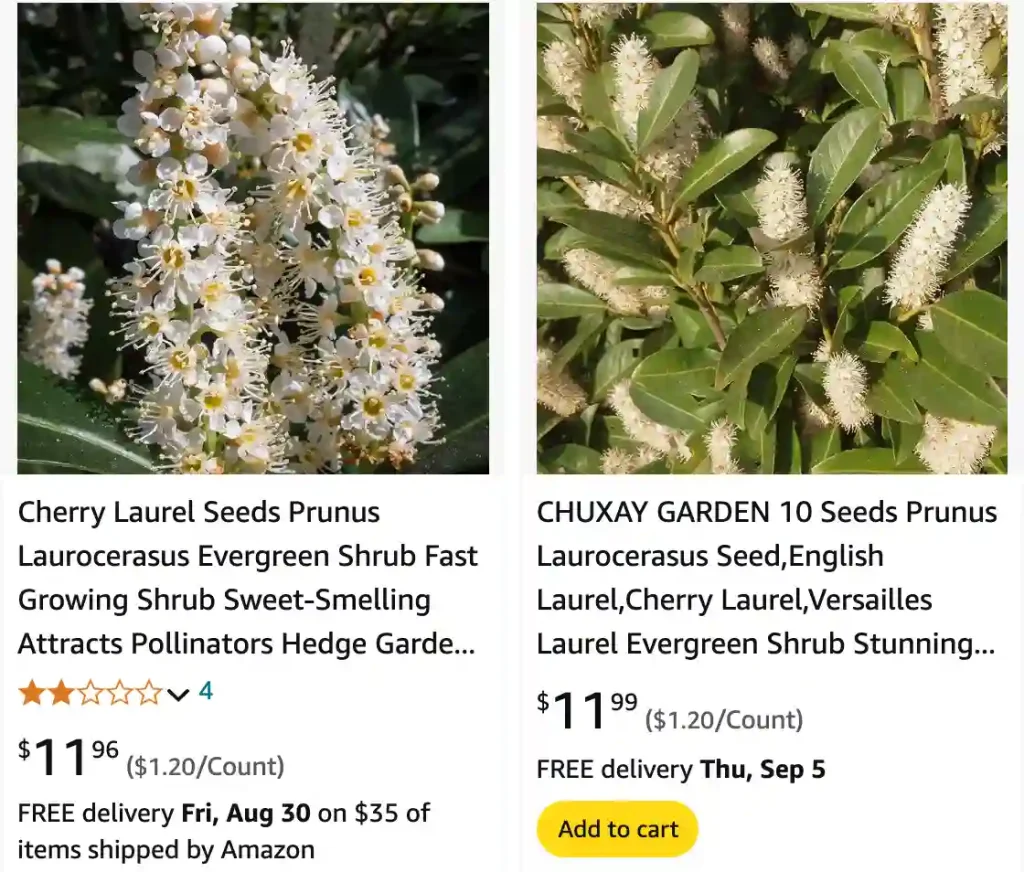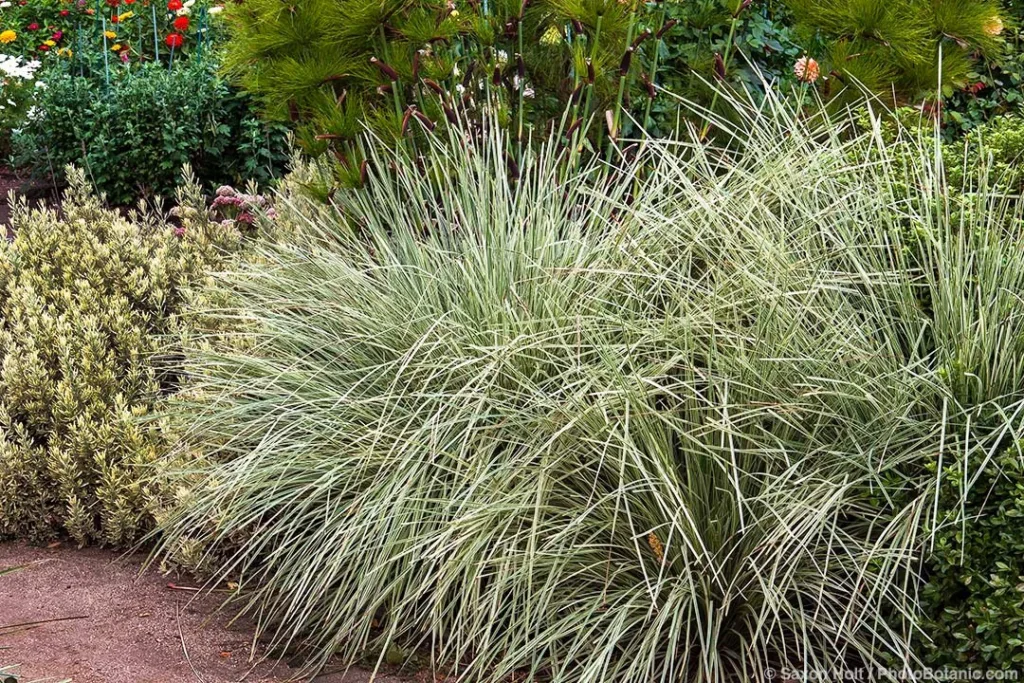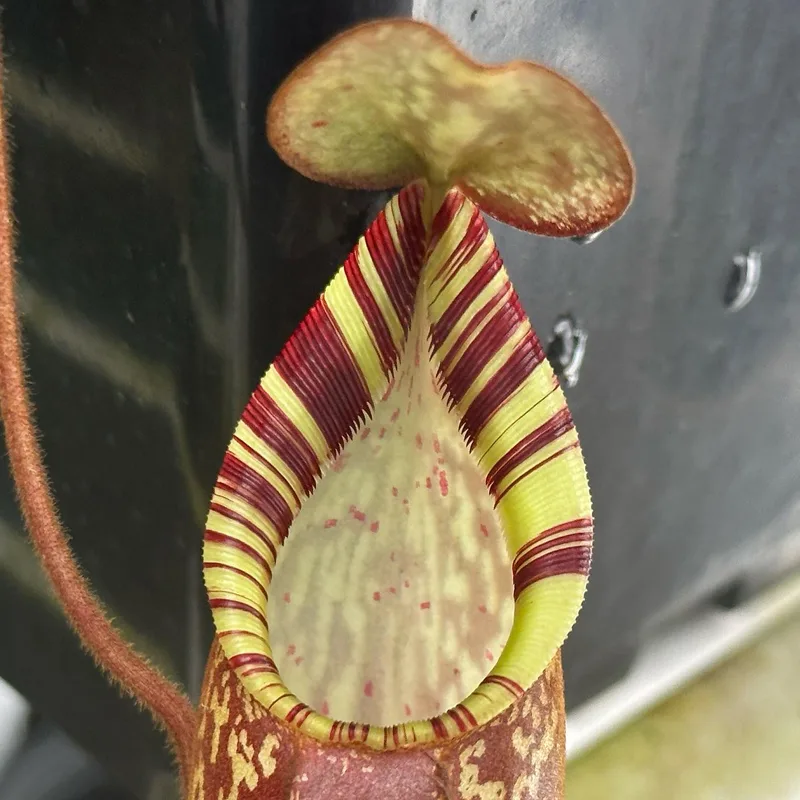
Skip Laurel FAQs: Everything You Need to Know
Skip Laurel, also known as Prunus Laurocerasus, is a popular shrub in many gardens. It’s favored for its dense foliage and versatility. Here, I’ll answer some of the most common questions about Skip Laurel based on my experiences and research.
390 Species in Genus Prunus
How Fast Do Skip Laurels Grow?
Skip Laurels are relatively fast-growing shrubs. Typically, they can grow about 12 to 24 inches per year under ideal conditions. This growth rate makes them a great choice for quickly establishing a privacy hedge or creating a dense green backdrop in your garden.
Are Skip Laurels Deer Resistant?
Yes, Skip Laurels are generally considered deer resistant. While no plant is entirely deer-proof, their thick, leathery leaves are less appealing to deer compared to more tender, ornamental plants. If deer pressure is high in your area, however, occasional browsing might still occur.
How Far Apart to Plant Skip Laurels?
When planting Skip Laurels, space them about 3 to 5 feet apart. This spacing allows the shrubs to grow together into a dense hedge while still giving each plant enough room to thrive. If you’re planting them for a formal hedge, you might choose to plant them closer together, around 3 feet apart.
How Tall Do Skip Laurels Grow?
Skip Laurels can reach a height of 8 to 15 feet, depending on the growing conditions and maintenance. They are quite versatile and can be pruned to maintain a shorter height if desired, which is useful for creating a more manicured appearance.
When to Prune Skip Laurel?
The best time to prune Skip Laurel is in late winter or early spring before new growth begins. This timing helps the plant recover quickly and encourages a fuller, bushier growth. Regular pruning helps maintain its shape and prevents it from becoming too leggy.
Are Skip Laurels Poisonous to Dogs?
Skip Laurels are toxic to dogs. They contain cyanogenic compounds that can cause gastrointestinal upset and other symptoms if ingested. It’s important to keep pets away from these plants and consult a vet if you suspect your dog has eaten any part of the Skip Laurel.
How to Plant Skip Laurel?
Planting Skip Laurel is straightforward. Start by selecting a location with well-drained soil and partial to full sun exposure. Dig a hole twice as wide as the root ball and just as deep. Place the shrub in the hole, backfill with soil, and water thoroughly. Mulching around the base helps retain moisture and control weeds.
Are Skip Laurel and Cherry Laurel the Same?
Skip Laurel and Cherry Laurel are often confused but they are not exactly the same. Skip Laurel is a variety of Cherry Laurel, known for its more compact growth and finer foliage. Cherry Laurel is a broader term that includes various cultivars and species within the Prunus laurocerasus family.
Skip Laurel vs. Cherry Laurel
When comparing Skip Laurel to Cherry Laurel, the main difference is in their growth habits. Skip Laurel generally has a more compact, upright growth compared to the broader, sometimes more sprawling Cherry Laurel. Both are evergreen and have similar care requirements, but Skip Laurel’s denser growth makes it a popular choice for hedges.
Skip Laurel vs. English Laurel
Skip Laurel and English Laurel (another name for Cherry Laurel) are similar in appearance but differ slightly. English Laurel typically grows taller and wider than Skip Laurel. The English Laurel also has a more vigorous growth habit and may require more frequent pruning to maintain shape.
Skip Laurel vs. Arborvitae
Skip Laurel and Arborvitae (such as Thuja varieties) are often compared for hedging. Arborvitae is a conifer with a more columnar shape, whereas Skip Laurel is a broadleaf evergreen with a denser, bushier appearance. Arborvitae generally grows taller and is more tolerant of cold climates compared to Skip Laurel.
Skip Laurel vs. Green Giant
The Green Giant Arborvitae (Thuja ‘Green Giant’) is another alternative for hedging. It grows faster and taller than Skip Laurel and is ideal for creating tall privacy screens. Skip Laurel, however, has denser foliage and a more compact growth, making it better suited for smaller spaces.
Skip Laurel vs. Mountain Laurel
Mountain Laurel (Kalmia latifolia) is a completely different plant from Skip Laurel. Mountain Laurel is a deciduous shrub with beautiful blooms, whereas Skip Laurel is evergreen with a focus on foliage. Mountain Laurel is also more tolerant of acidic soils compared to Skip Laurel.
Skip Laurel vs. Otto Luyken
Otto Luyken Laurel (Prunus laurocerasus ‘Otto Luyken’) is a dwarf variety of Cherry Laurel. It has a more compact growth compared to standard Skip Laurel, making it suitable for smaller spaces or as a ground cover. Both are similar in care but Otto Luyken is much smaller in size.
Skip Laurel vs. Skip Cherry Laurel
Skip Cherry Laurel is essentially the same as Skip Laurel. The term “Skip Cherry Laurel” is just another name for Skip Laurel, emphasizing its variety within the Cherry Laurel family.
Skip Laurel vs. Holly
Holly (Ilex species) and Skip Laurel are quite different. Holly has distinctive spiky leaves and berries, and can be either deciduous or evergreen. Skip Laurel has smooth, glossy leaves and is consistently evergreen. Holly is more associated with winter interest due to its berries, while Skip Laurel provides year-round greenery.
Skip Laurel vs. Leyland Cypress
Leyland Cypress (x Cupressocyparis leylandii) is a fast-growing conifer often used for tall privacy screens. It grows much taller than Skip Laurel and has a different texture and appearance. Leyland Cypress is also more tolerant of drought and cold compared to Skip Laurel.
Skip Laurel vs. Portuguese Laurel
Portuguese Laurel (Prunus lusitanica) is similar to Skip Laurel but tends to have smaller, darker leaves and a more upright growth habit. Portuguese Laurel is generally more tolerant of different soil types and can grow in slightly drier conditions compared to Skip Laurel.
Skip Laurel vs. Privet Hedge
Privet (Ligustrum species) is another popular choice for hedges. It typically grows faster than Skip Laurel and can be more aggressive in its spread. Privet has a different leaf texture and shape, and is deciduous in colder climates, unlike the evergreen Skip Laurel.
How to Care for Skip Laurel?
Caring for Skip Laurel involves regular watering, especially during dry spells. Ensure well-drained soil and apply mulch to retain moisture. Fertilize in early spring with a balanced fertilizer to promote healthy growth. Pruning as needed helps maintain its shape and encourages dense foliage.
Common Problems with Skip Laurel
Common issues with Skip Laurel include leaf spot diseases and root rot, particularly if the plant is not in well-drained soil. Pests like aphids and scale insects can also occasionally be a problem. Regular inspection and maintenance can help prevent these issues.
Skip Laurel is a versatile and attractive shrub that can fit various landscaping needs. By understanding its growth habits, care requirements, and how it compares to other plants, you can make the most of this beautiful evergreen in your garden.
If i die, water my plants!



